Sea-ice Organisms
The biotic community in and on the sea ice is amazingly diverse. Every organism within it plays its own unique – and often indispensable – part. Microscopic bacteria and archaea change the structure of the sea ice by producing gelatinous biopolymers. With an effect similar to that of antifreeze, these polymers prevent the formation of large ice crystals, keeping the porous spaces and channels within the ice open and liquid. Within these channels and on the underside of the ice, a veritable armada of tiny ice algae uses sunlight and photosynthesis to produce energy-rich biomass. In this way, the algae provide the central basis that all higher levels of the food web depend on. The algae are eaten by rotifers, nematodes and copepods, which in the water below the ice are in turn prey for fish larvae and juvenile fish. And the levels of the food web only go up from there – from penguins (Arctic), ringed seals and walruses (Arctic), to polar bears (Arctic) and whales.
Here we’ll introduce you to the most important sea-ice organisms in the Arctic and Arctic – from microscopic to massive – and highlight their key functions in the polar ecosystem.

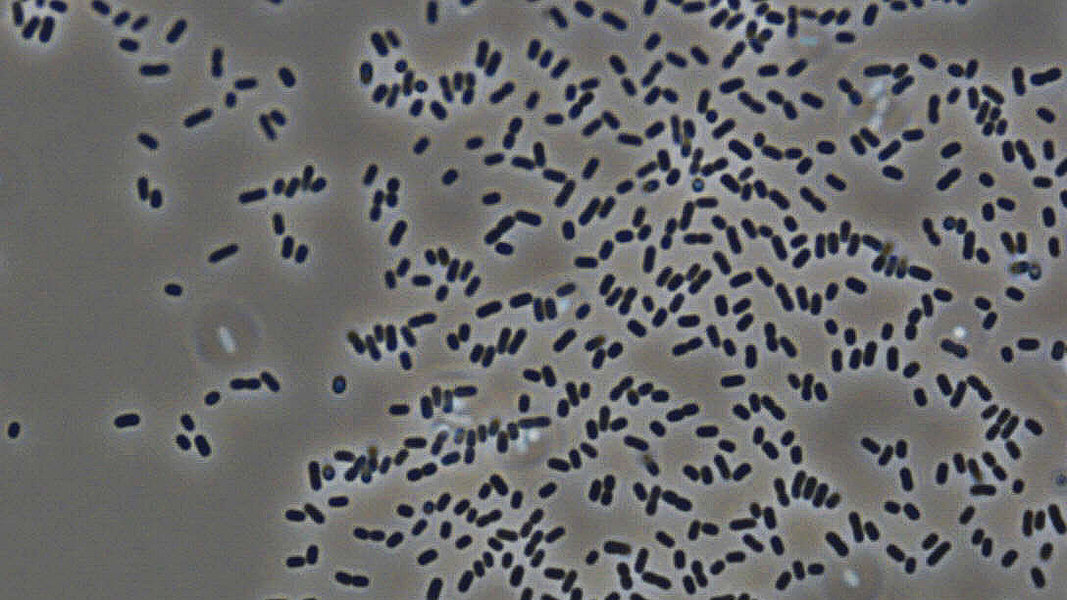
Bacteria
Sea ice is home to an amazing variety of bacteria and archaea – microscopically small single-celled organisms with no nuclei. These minuscule life-forms can be found in all ice layers, in every season, and can withstand bitter cold temperatures and extreme salinities.
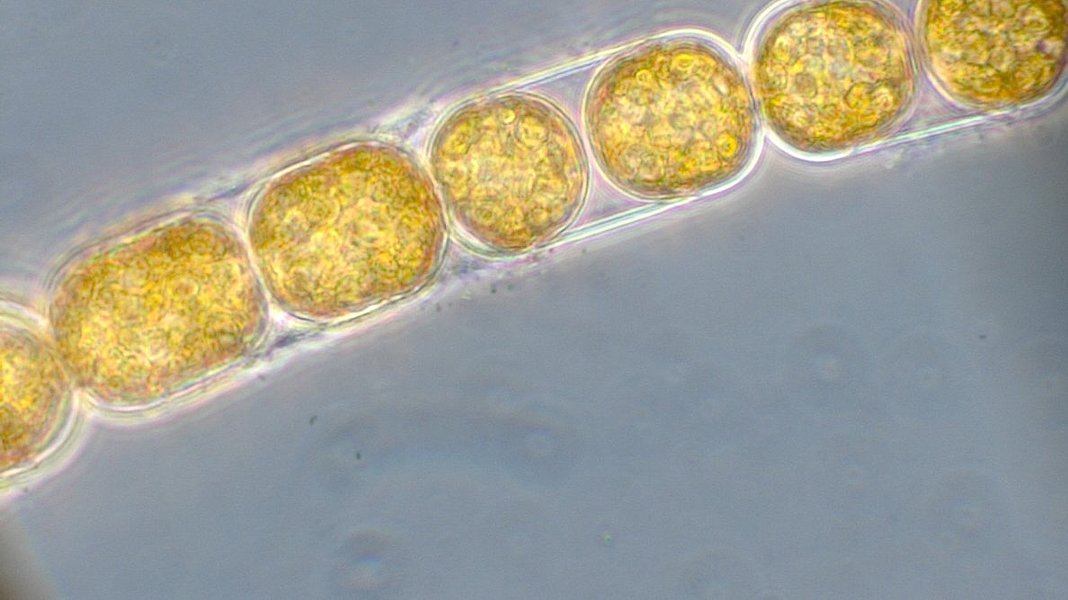
Microalgae
Tiny single-celled microalgae, referred to as ice algae, often give sea ice a brownish-green tint. Especially in spring, their number can grow astronomically. Their biomass makes them an important component of the polar food web.
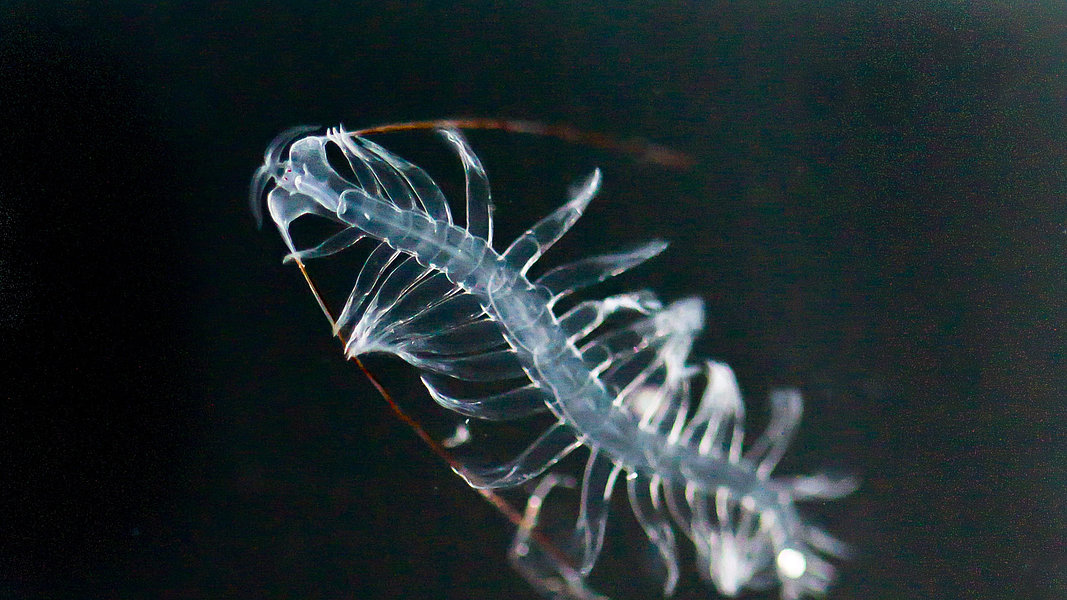
Consumers
The brine channels and the underside of the ice are home to countless single-celled protozoa and invertebrates that feed heterotrophically – i.e., on other organisms. Here you’ll learn more about ciliates, dinoflagellates and copepods.

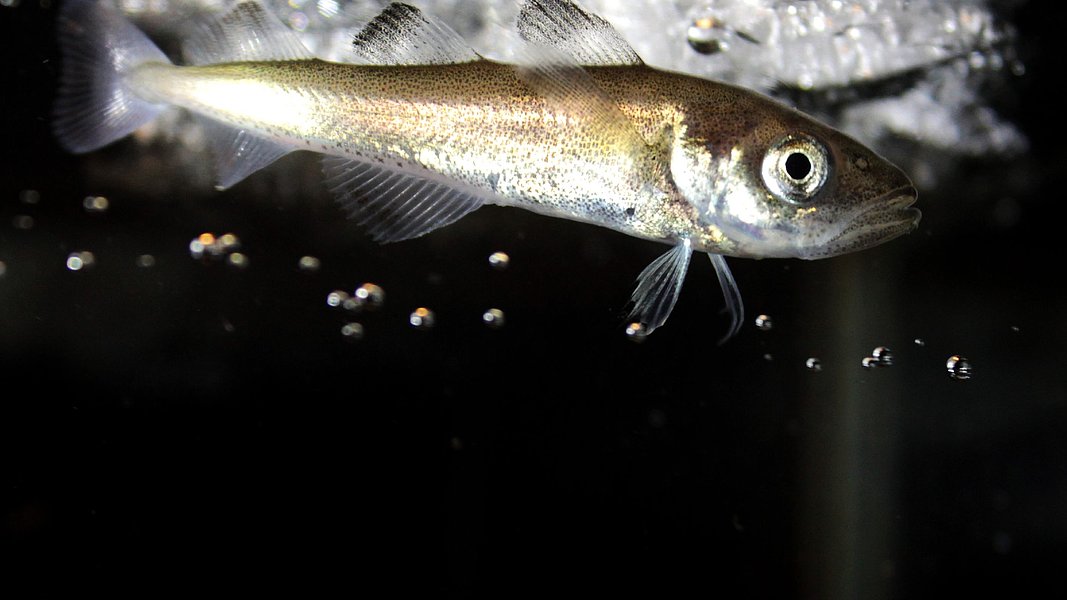
Fishes
The lives of fish species like the Arctic cod and the Antarctic silverfish are closely bound to the sea ice. They use its underside to hunt for crustaceans or, as juveniles, to hide from predators. Specially evolved antifreeze proteins allow them to endure the cold.
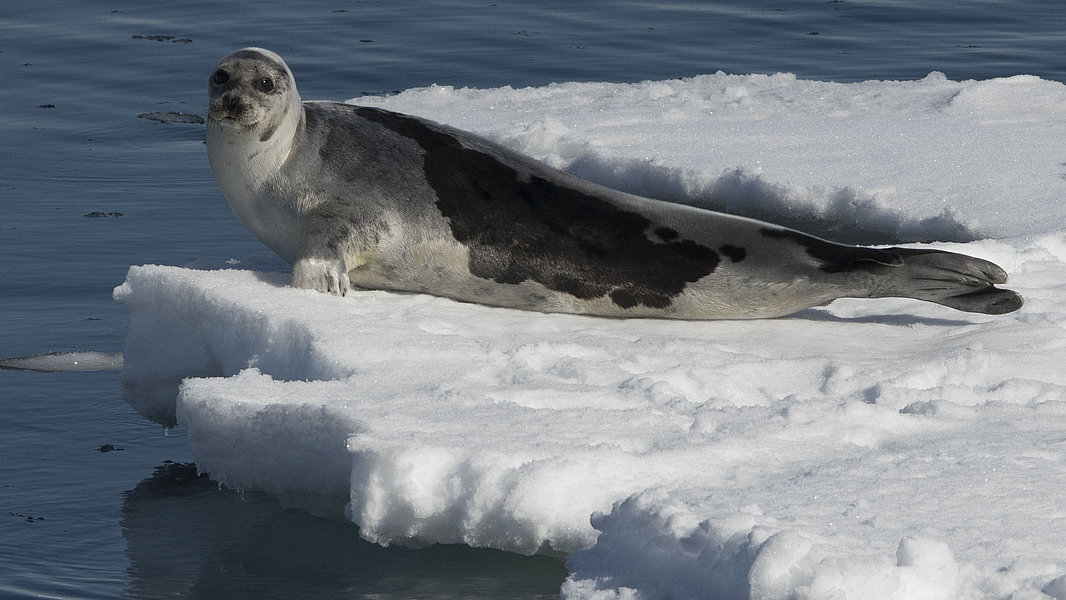
Mammals
Many mammals, too, are sea-ice specialists. Here we’ll introduce you to the biggest “stars” in the polar regions and show you how they live: leopard seals, Weddell seals and walruses, polar bears, killer whales, narwhals and enormous Antarctic blue whales.
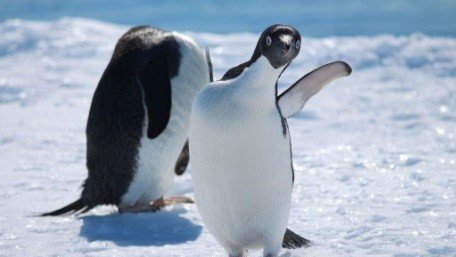
Birds
For many polar bird species, sea ice can be a double-edged sword. It can offer access to vast supplies of food below it but can also make them completely unreachable when it forms seamless sheets. Here you’ll learn more about penguins and their feathered friends.
